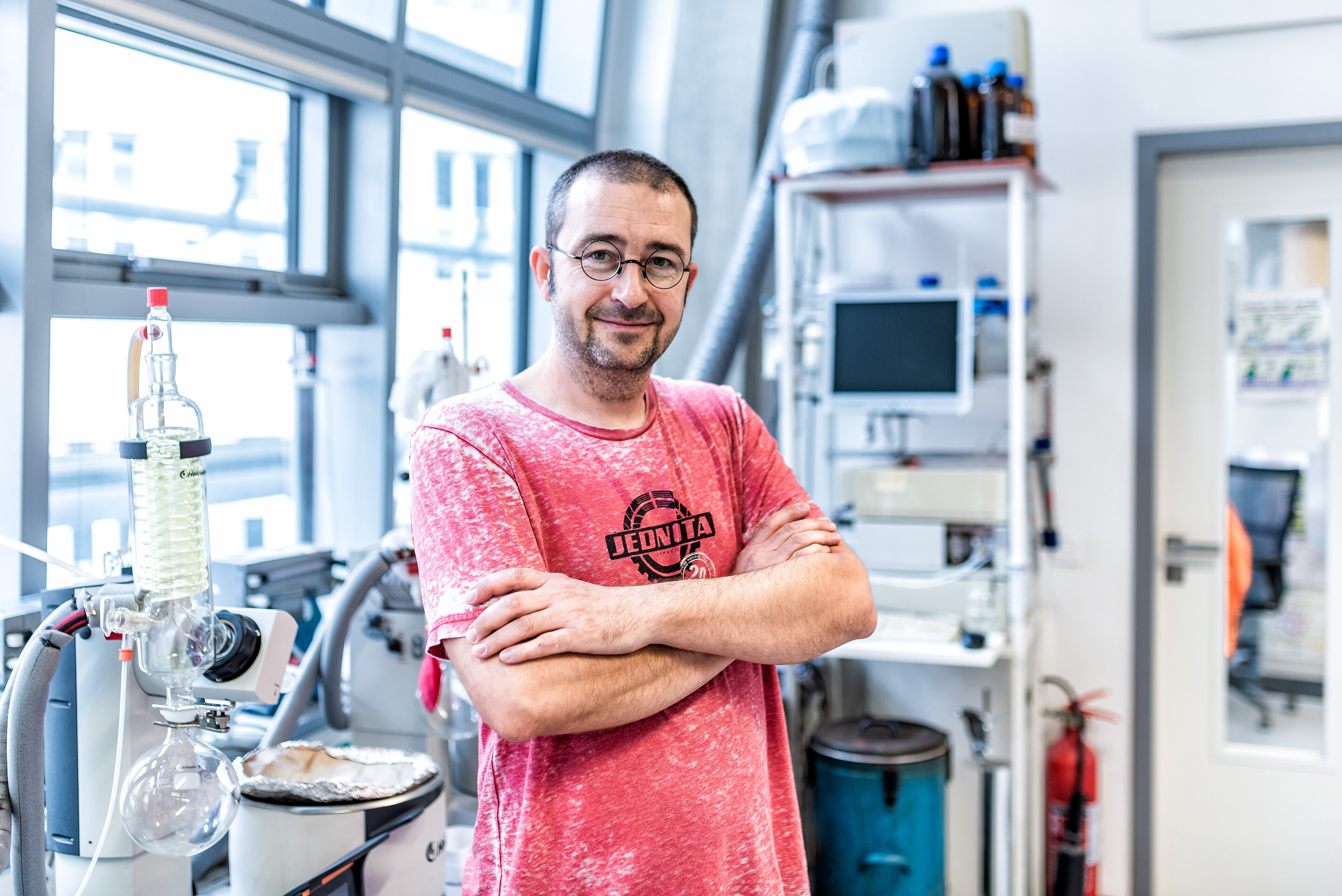New nanomaterial for treatment of skin infections
Date: 4.10.2021
Researchers at the Institute of Organic Chemistry and Biochemistry of the CAS (IOCB Prague) and the Technical University of Liberec in collaboration with researchers from the Institute of Microbiology of the CAS, the Department of Burns Medicine of the Third Faculty of Medicine at Charles University (Czech Republic), and P. J. Šafárik University in Košice (Slovakia) have developed a novel antibacterial material combining nonwoven nanotextile and unique compounds with antibacterial properties.
 Called NANO-LPPO, the new material can fulfill a wide range of applications as a dressing for wounds, such as burn injuries, by preventing infection and thus facilitating treatment and healing.
Called NANO-LPPO, the new material can fulfill a wide range of applications as a dressing for wounds, such as burn injuries, by preventing infection and thus facilitating treatment and healing.
Because the number of bacterial strains resistant to common antibiotics is steadily increasing, there is a growing need for new substances with antibacterial properties. A very promising class of substances are the so-called lipophosphonoxins (LPPO) developed by the team of Dominik Rejman of IOCB Prague in collaboration with Libor Krásný of the Institute of Microbiology of the CAS.
The potential of LPPO is especially evident in situations requiring immediate targeted intervention, such as skin infections. Here, however, the substances must be combined with a suitable material that ensures their topical efficacy without the need to enter the circulatory system. This reduces the burden to the body and facilitates use.
One such suitable material is a polymer nanofiber developed by the team of David Lukáš of the Faculty of Science, Humanities and Education at the Technical University of Liberec.























